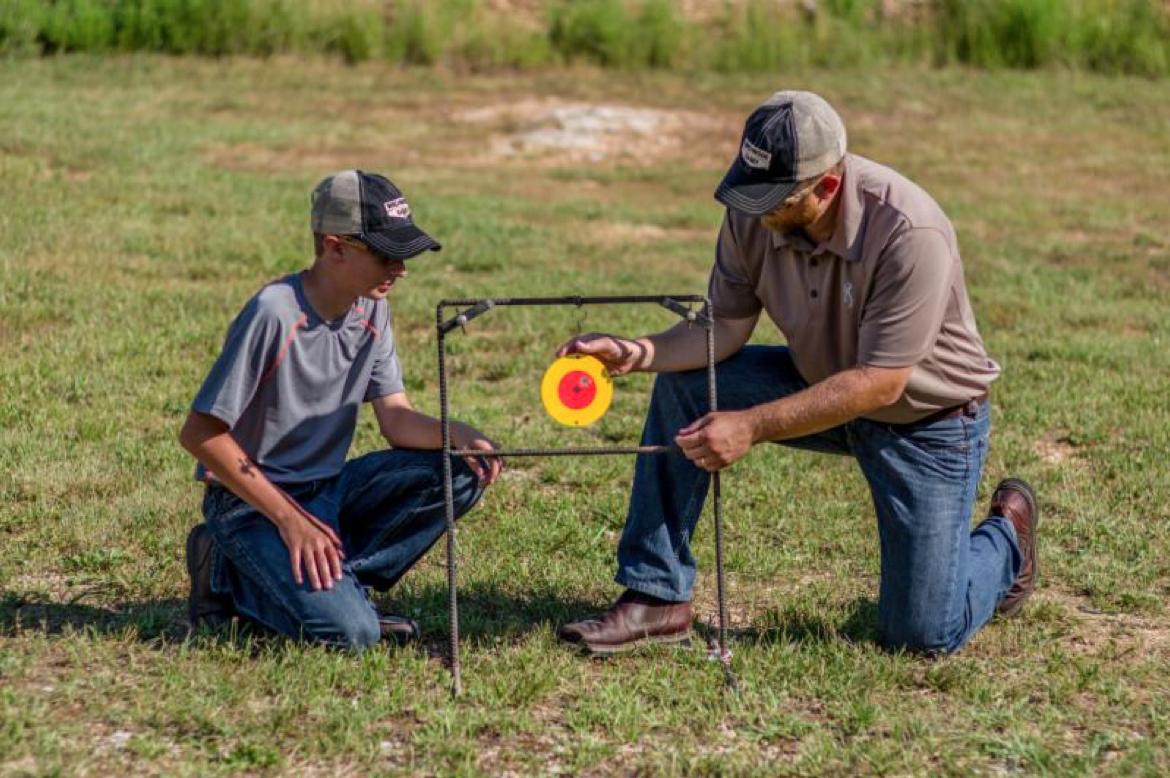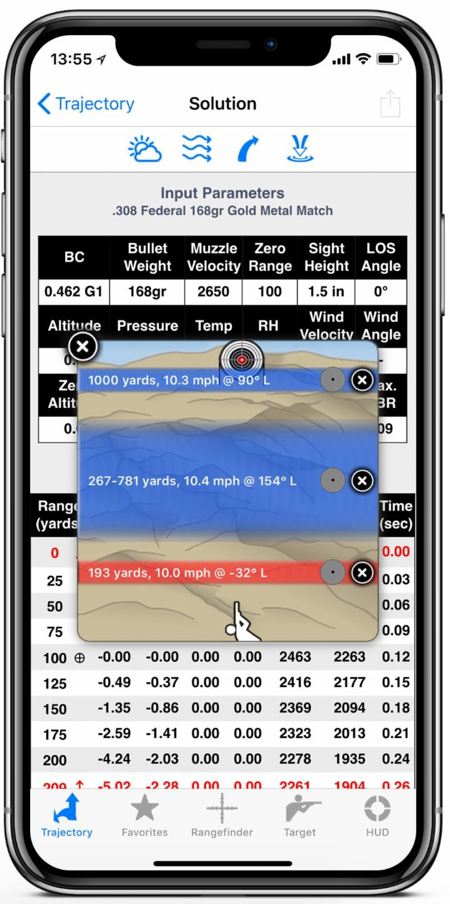Quick Tip: Practice Makes Perfect And Ballistic Makes Your Shooting Practice More Productive
May 29th, 2019 by team

For the long-range rifle shooter who wants to excel, there’s really no substitute for regular practice, at the range and in the field. Ballistic can be a huge help during practice sessions, too, assisting us through various environmental conditions and as we work to tighten our groups.
A very necessary part of practice is drilling in correct shooting mechanics. Poor trigger mechanics, for example, cause many an errant shot. According to Curt Vaughn, Head of Product forBallistic and a long-range shooting competitor, the first thing a shooter must practice is easing back on the trigger.
“Pull on the trigger slowly and steadily, and directly back,” Vaughn said.
“When the rifle goes off, it should come as a surprise to the shooter. This will help stop the flinch factor many shooters have when they anticipate the shot.”
Vaughn added, “It’s not just about the trigger, either. It’s also how you hold the rifle with you trigger hand. You don’t want to grip the rifle tightly. This can create undue movement, even a bit of shaking. Instead, gently ‘feel’ the hold area. This will help you avoid inducing movement as well.”
Other mechanics that benefit from your practice include breathing (letting off your shots the moment your breath is expelled), and various ways to grip and not grip the rifle with your non-shooting hand.
Many shooters avoid the range on windy days. Yet, windy days are a blessing for the long-range shooter, providing a great opportunity to practice windage holds.Ballistic lends a big hand here, too, especially Ballistic‘s Advanced Wind Kit, which allows you to quickly program in even the most complex wind scenarios, for up to eight wind sources. Simply tap to create a new wind zone and then slide it to the appropriate range. Much better to become proficient with the Advanced Wind Kit at a wind-swept range than in the field during competition or a hunt!

Pace yourself while practicing, too. Rushing shots will throw off your mechanics. Plus, allowing your barrel to cool down after every couple shots makes for great accuracy, as shots go wide as barrels heat up.
A nice tight group is, of course, a great thing and long-range shooters all want that one-hole group. But you don’t need sub-MOA groups to be a very good long-range shooter. As Vaughn noted, “If you and your rifle are shooting under an inch at 100 yards, you’ll hit a 12-inch gong easily at 1,000 yards.”
But if your groups are all over the target? Use Ballistic to make sure you have factored in all the necessary data points, including environmental conditions and altitude, and that your bullet profile is complete. Ballistic can make your groups tighter, your practice time more efficient, and those long-distance hits very achievable.


Leave a Reply